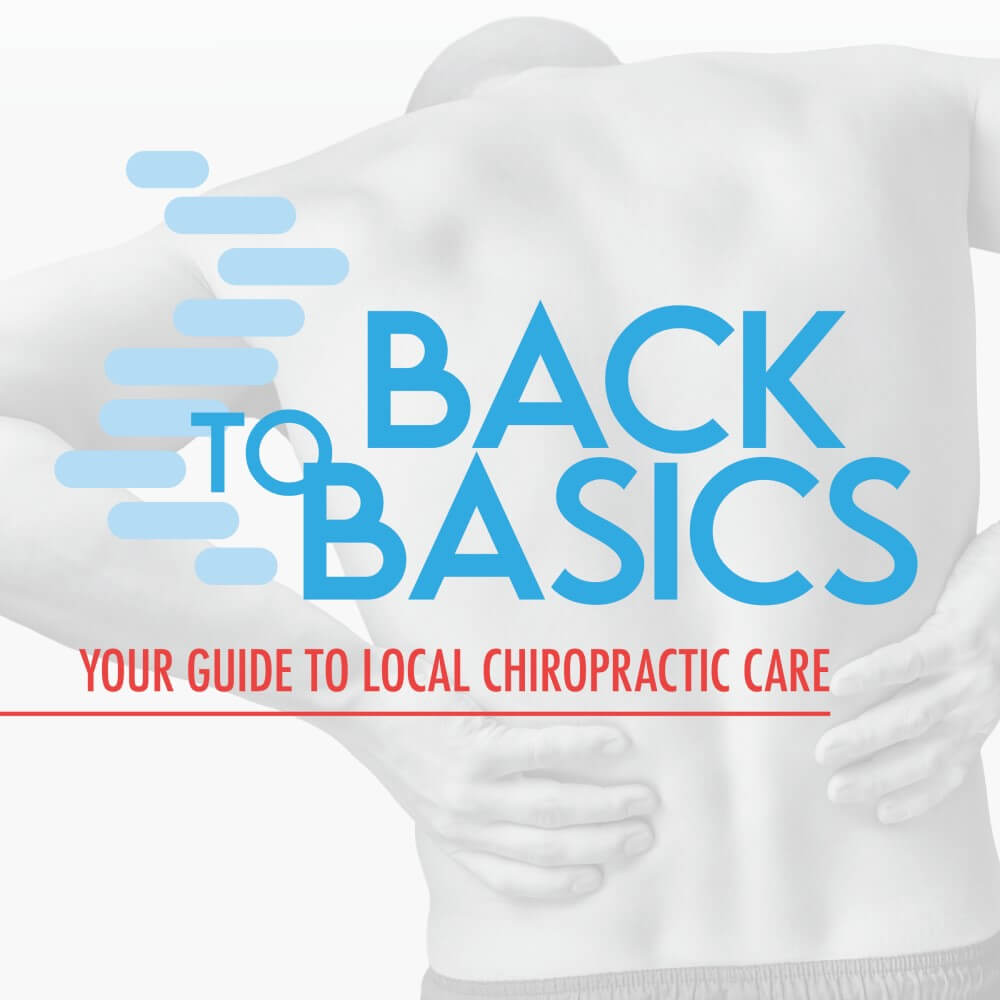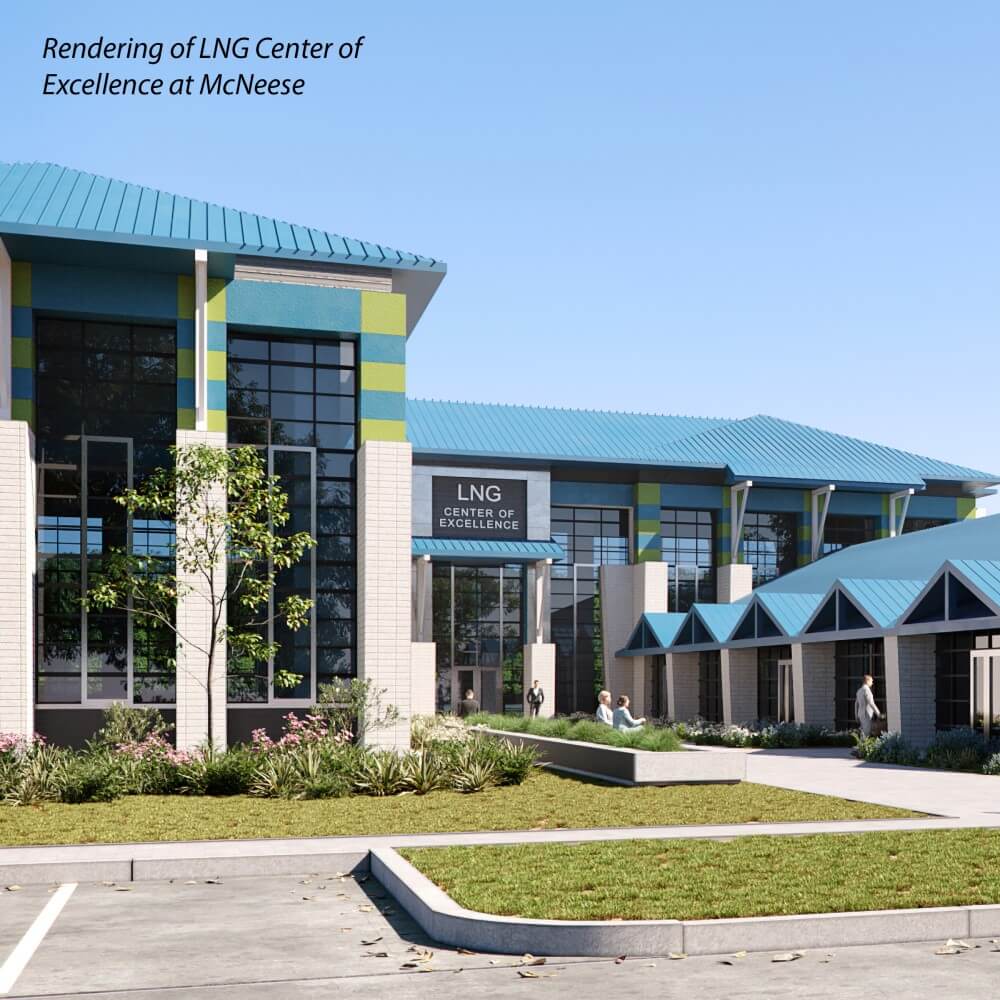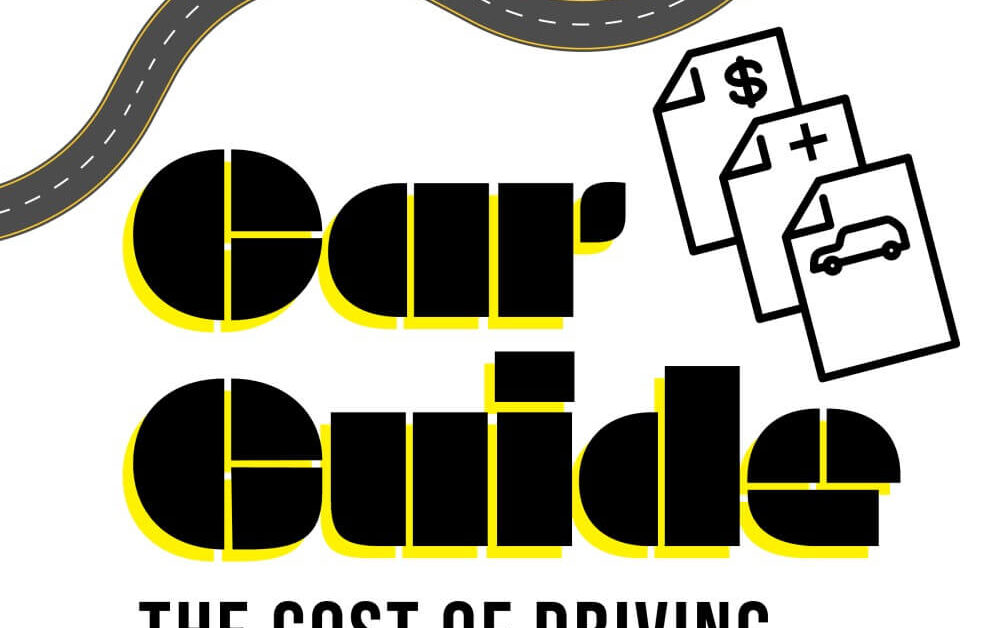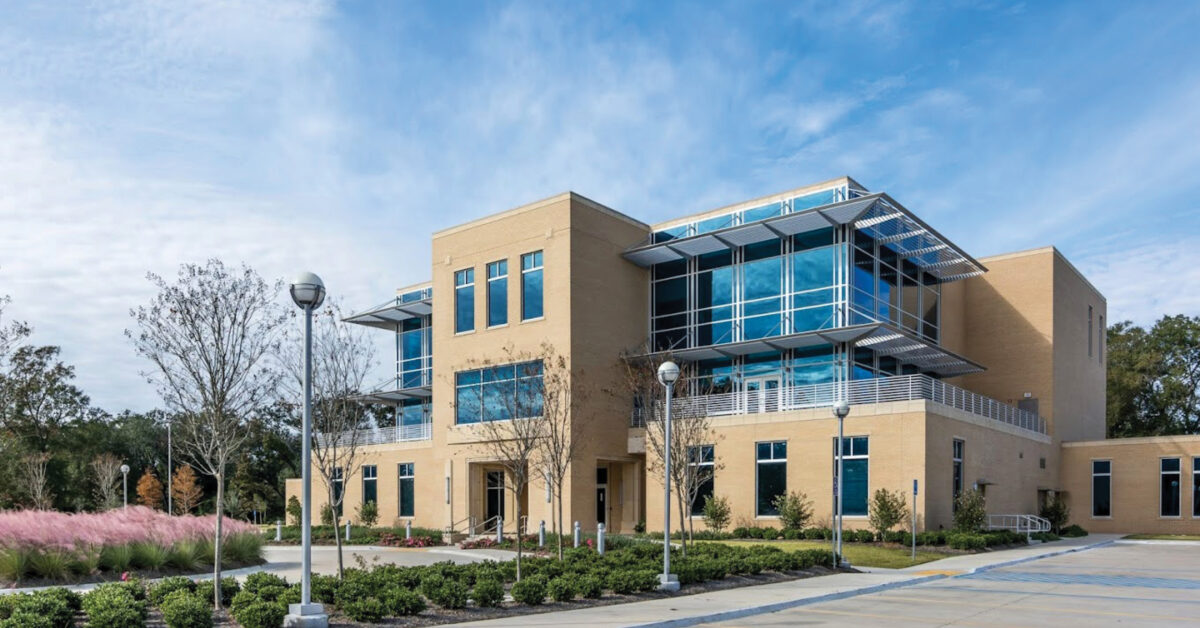
Back to Basics: Your Guide to Local Chiropractic Care
August 2022
LNG Center of Excellence at McNeese to Break Ground Later this Year
August 2022Car Guide: The Cost of Driving
According to the U.S. Census Bureau, 91.5% of U.S. households own at least one vehicle; up from 90.9% in 2015. There was a total of 275,924,442 registered vehicles in the United States in 2020, according to the Federal Highway Administration. That is a lot of cars and a lot of car drivers! In this annual car guide, we’re looking at the costs to own and operate a car – including tips to save you money! You’ll find articles on how insurance and inflation can affect costs, how to get better fuel efficiency, how to avoid car theft, and the latest on electric vehicles.
Top 10 Ways to Reduce Fuel Consumption
With the recent hikes in gas prices, try the following tips to increase fuel efficiency.
- Keep tires pumped up. Tires that are underinflated have a higher rolling resistance on the road. This means that with every mile traveled, your tires generate more friction and rolling resistance, and will increase fuel consumption. If all your tires are underinflated by 10 psi, this could reduce fuel efficiency by up to 10%.
- Lose the weight in your trunk. For those with a habit of keeping everything and anything in the vehicle trunk, in addition to emergency spares, think twice when loading up next time. Extra pounds in your car means increased fuel consumption.
- Drive with the AC on. Driving with the windows down at higher speeds, i.e. highway driving, causes a lot of wind resistance, and costs you a lot more fuel. Contrary to what you may think, in this situation, it’s simply more fuel efficient to drive with the AC on.
- Don’t go too fast or too slow. When cruising down a highway, your engine works hard to overcome wind resistance. That may tempt you to drive slow, but if you drive too slow, you drop to a lower gear, thus using more fuel. Optimal highway speed for fuel efficiency is approx. 55-60 mph.
- Remain steady when accelerating. Avoid revving your accelerator to a high revolutions per minute (RPM). It’s better for fuel economy, as your engine uses less fuel when it is revolving slower, at a lower RPM.
- Avoid braking aggressively. Slamming on the brakes increases fuel consumption as you need to accelerate again later. This is especially true if you follow too closely behind the vehicle in front of you. Not to mention, tailgating is dangerous and something to avoid.
- Cruise in top gear. If you’re driving an automatic car, make use of cruise control to keep your speed constant. And if you’re driving a manual car, maintain a higher gear when appropriate. In each of these instances, your engine goes through less revolutions per minute (RPM) and will reduce your fuel consumption.
- Practice predictive driving. Look to the road ahead and plan your next move. Instead of slamming on the brakes to a complete stop, try slowing down as you approach the red light. Or when reaching the foot of a hill, start accelerating as you edge closer to it rather than when you approach it. Avoid hard accelerations when moving your car from a complete stop or climbing a hill as it will increase fuel consumption.
- Plan your rush hour route. Stop-start traffic puts a lot of pressure on your engine, thus burns more fuel. When possible, plan your commute to and from work carefully to help you avoid the worst of peak traffic.
- Don’t idle for long periods. If you are waiting for something or someone for more than three minutes, turn off your engine. You may not be moving but as long as your engine is on, it’s burning precious fuel.
- And a final word. Regular car servicing helps maintain your engine’s fuel efficiency. Engine parts work closely in tandem. If poorly maintained, sludge and corrosion will build-up between the parts making it difficult for the engine to work smoothly. This is also why engine oils are important. A good high-performance engine oil can help to reduce friction in the engine, combat sludge, and improve fuel economy.
Source: mobil.com
Car Theft is on the Rise
If you have an older, less expensive car and think that makes you less of a target for car thieves, think again.
In fact, across all 50 states for the most recent year data is available, 2019, there are remarkably few 2018 models — and only five 2019 models — on the ‘most stolen’ list. The more popular a vehicle is, it appears the more of a target it becomes for would-be car thieves. Full-size Ford and Chevy pickup trucks and Honda Civics are extremely popular, affordable cars and also top the list for cars most likely to be stolen across the U.S.
Other factors that determine how likely a vehicle is to be stolen are the location and the model year. Whether a thief prefers an older model without an anti-theft system, or a newer one with an easily replicated key fob, there are a few factors that can make some cars more attractive than others to auto thieves.
Cars most likely to be stolen in the U.S.
- Each year, the National Insurance Crime Bureau (NICB) tracks data from across the country regarding the vehicles most stolen.
- In 2019, the Ford pickup truck took the top spot, with almost 39,000 reported thefts. The 2006 model year has the highest reported thefts among the Ford Pickup.
- The Honda Civic is the second most stolen vehicle, with over 30,000 thefts reported in 2019, and the 2000 model year proving to be the most desirable.
- Rounding out the top five most stolen cars are the full-size Chevrolet pickup truck, the Honda Accord and the Toyota Camry.
Top 3 vehicles stolen in Louisiana, according to bankrate.com
- 2006 Ford Pickup (full-size)
- 2006 Chevrolet Pickup (full-size)
- 2015 Nissan Altima
What increases the chances of a car being stolen?
The NICB cites numerous factors contributing to the overall rise in auto thefts since 2019. The COVID-19 pandemic, the economic downturn, and less public safety funding have likely contributed to the uptick of stolen vehicles. However, there are other major factors contributing as well.
Model
The model of the vehicle is a major factor when thieves target vehicles to steal. The more popular the model is, the more likely it becomes a favorite target. With the Ford F-Series continuing to dominate the sales charts in the U.S., it makes sense it would be a favorite for thieves simply due to its popularity.
Additionally, when a car is popular, the market is bigger for after-market parts.
Year
The model year also plays a role in why some vehicles are higher targets than others. Key fobs used in newer models are easily acquired and removes the need for hot-wiring. On the other hand, older vehicles without the standard anti-theft systems installed are also attractive to would-be thieves because they may be easier to break into.
Value of precious metals
As the value of metals continues to climb, so does the desire to steal car parts. The catalytic converter, which is made of precious metals like platinum and rhodium, is another magnet for car thieves.
Trucks and SUVs offer easier access to the catalytic converter for thieves and fuels the targeting of these types of vehicles.
Typically, older model years seem to be a bigger target for car thieves across all 50 states, from the late 90s to the mid-2000s. Whatever the make and model of your car, it’s a good idea to make sure your car insurance is up-to-date and would cover a stolen vehicle.
What to do if Your Car is Stolen
If your car is stolen, contact the police immediately. The NHTSA says you may need to provide the following information to the police:
The year, make, model and color of the car
- License plate number
- Vehicle Identification Number (also called the “VIN”)
- You’ll also want to let your insurance company know within 24 hours if your vehicle has been stolen.
- While auto theft is not as common as it once was, it is unfortunately still something you need to protect yourself against. Thankfully, taking a few simple precautions may help you reduce the chances of your car being stolen.
Tips to help prevent your car from being stolen
- Lock your doors
- Remove your keys from the vehicle
- Do not leave a spare key near your vehicle
- Close the windows
- Park in well-lit areas
- Install an audible alarm system and anti-theft device
- Install a vehicle immobilizer system
- Install a tracking system.
- Don’t leave valuables in your car
- Be alert
How Inflation Can Impact Your Car Insurance Rate and Tips to Lower Your Rate
by Emily Cahill
The effects of inflation facing companies and consumers alike may also cause your car insurance rates to rise when it’s time to renew your policy. Like many other financial obligations, car insurance is an expense that’s facing pressure due to disruptions caused by the pandemic and its economic effects.
According to industry and media reports, insurers may hike premiums from 6% to upwards of 10% this year. Understanding what’s fueling price increases may help you find ways to save. Here are the reasons rates are increasing and the steps you can take now to keep your costs as low as possible.
Why Are Auto Insurance Rates Increasing?
The effects of the COVID-19 pandemic on the economic systems underpinning common industries like auto insurance are resulting in noticeable inflation in the economy overall and within many economic sectors. Inflation in auto insurance rates is due at least in part to the following factors:
General inflationary pressures:
With inflation hitting 7.5% on consumer goods, general cost increases are affecting multiple components of car insurance, from repairs to replacement costs.
- Chip shortages: A perfect storm of industry pressures and COVID-19 disruptions have caused a global shortage of the semiconductor chips needed for new vehicles.
- Low vehicle inventory: Several factors have contributed to the vehicle inventory crunch, including chip shortages. Low vehicle inventory inflates the cost of new cars, which in turn can impact insurance premiums.
- Replacement costs: For policies that stipulate comparable replacement costs, insurance companies are forking over more to buy comparable cars in this market when a car is totaled.
- Worker shortages: The auto industry is experiencing a technician shortage, right as many industries are offering higher pay to recruit and maintain staffing, potentially upping prices.
- Repair costs: Due to factors like inflation on part prices, supply chain issues and worker shortages, repair costs have increased.
How to Reduce Your Car Insurance Rates
While you can’t control how insurers price their policies, you can take action to avoid shouldering higher costs. Below are ways you can directly reduce your car insurance rates or mitigate increases.
- Compare insurance quotes. Price comparison sites, like Experian’s auto insurance comparison tool, can help you ensure you’re not overpaying for insurance. Experian leverages technology from Gabi®, an auto insurance marketplace and part of Experian, to compare quotes from over 40 top providers in minutes.
- Reduce coverage. When the cost of auto insurance gets tight, you could consider reducing coverage. Review your policy and see if you have any add-ons that you could do without, such as roadside assistance. If you have an older car that may not be worth the cost of repairs, you might weigh removing collision and comprehensive coverage costs with how much you’re willing to spend on any potential repairs.
- Increase your deductible. One way to get a lower premium now is to opt for an increased auto insurance deductible later. Your deductible is the amount you pay after an incident before your insurance kicks in. Increasing your deductible will reduce your premium now—but you›ll pay more out of pocket if you have an incident down the road.
- Use driver tracking programs. Your insurance premiums are determined by the information the insurer collects to calculate the level of risk of insuring you. If you provide them with more information about your specific driving habits by using an app or a recording device in your vehicle, it could reduce your costs. With more information about how you drive, the insurance company may drop your rates by 25% or more.
- Check for discounts. Have your circumstances recently qualified you for a new discount such as a senior/retirement discount or a good student discount? Check out your insurer›s various discounts and see where you can save.
- Improve your credit score. Your credit history may impact the price of your auto insurance if your insurance company considers your credit-based insurance score. These scores are based on your credit reports but look at the likelihood that you will file a claim and can raise or lower your rates accordingly. You can check your credit report and score for free to find out where you stand and how that might impact your insurance-based credit score.
- Pay off your auto loan. If your vehicle is still financed, your lien holder may require that you hold a higher level of insurance, such as comprehensive and collision. If you›re close to the end of your loan, pay it off and consider reducing or dropping your insurance coverage to something more manageable.
Whether it’s rising car insurance prices or other areas of your life that are getting more expensive, taking action to help reduce costs is a good first step toward reducing the effects of inflation.
Emily Cahill is a writer for Experian, the world’s leading global information services company. As a finance and lifestyle writer she is passionate about empowering people to make smart choices in their financial and personal lives.
Electric Vehicle
by Angie Kay Dilmore
Electric cars have been applauded for their smooth, quiet performance and lower impact on the environment. But lately they’re becoming even more attractive for a variety of reasons.With the recent price of gasoline, energy efficiency is driving many car shoppers to consider electric vehicles (EV). The cost to operate an EV is less than half of a gas-fueled car. Also, EVs have fewer moving parts than traditional vehicles, which means easier and less expensive repairs and maintenance.
More manufacturers are getting in on the EV market, making them more affordable and offering more variety. For years, Tesla was THE electric car. Now, companies like Chevrolet, Nissan, Volkswagen and others offer EVs. Even the popular Ford Mustang and F-150 are available in EV!
Some buyers fear the lack of range of EVs. Certainly, it is something to consider. No one wants to run out of . . . electricity. New EVs get approximately 250-300 miles on a full charge, which is great for most people day-to-day. Road trips are the concern. It might require some research and planning to know which hotels and businesses offer charging stations. Or consider buying a hybrid electric, which runs on both electric and gasoline.
Yes, electric vehicles will cost buyers more up front at the dealership. But there are incentives there, too. Some car manufacturers offer free “fill-ups” on a public charging network for a period of time. Some states offer incentives to EV buyers. In Louisiana, the electric vehicle incentive is a tax credit that will save buyers 10% on the purchase price of an electric or plug-in hybrid electric vehicle, up to $2,500. EVs can also qualify for a federal tax credit of up to $7,500, depending on the brand. The tax credit law allotted a fixed amount to each manufacturer. GM and Tesla have both already used their allotment.
So if all this sparks your interest, do some research and decide which electric vehicle could be a good fit for you. It might be a great time to buy!






